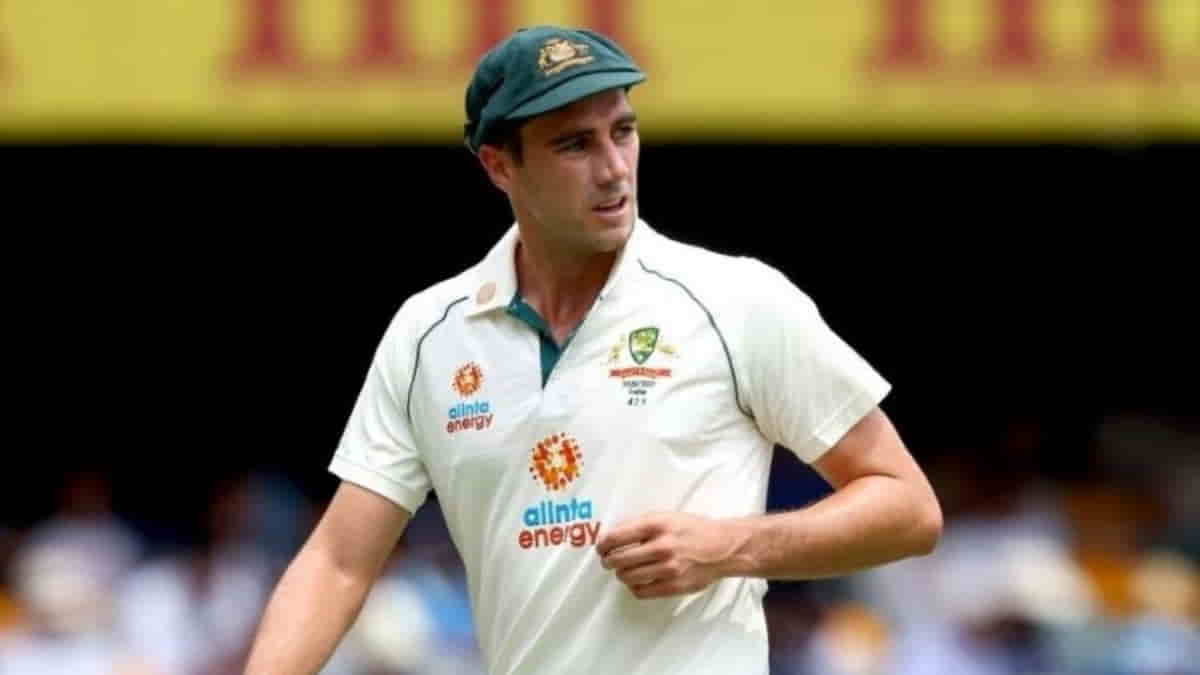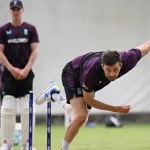With the Ashes 2025-2026 imminent, one of the biggest questions is what kind of pitches Australia will serve up for their visitors. In the last few years, conditions in Australia have changed, with more grass on the surfaces and a different Kookaburra ball making life more difficult for batsmen.
Will the 2025-2026 Ashes series be played on bouncy, lively pitches that might make it difficult for England’s aggressive “Bazball” style to flourish?
Shifting Pitch Conditions in Australia
In recent years, particularly over the past five, Australian pitches have surely become more challenging for batsmen: specifically, there has been a pronounced increase in the amount of grass on pitches, including at the MCG as groundsmen tried to make changes after the 2017-18 Ashes series.
The batting conditions have been made significantly worse by the aforementioned trend only become more of a problem, due to changes made to the Kookaburra ball after about 2021.
The redesigned Kookaburra ball, with its double lacquer coating and a plastic lining beneath the leather, remains hard longer, which means that it creates more movement off of the pitch. For this reason, batting has become progressively more challenging in Australia, as a harder ball can maintain such hardness longer, giving ample chance for bowlers to dominate.
Steven Smith’s Thoughts on Australia’s Pitches
Steven Smith, one of the mainstays in the Australian batting line-up, has given his take on the changed conditions, stating that the pitches have gotten tougher over the last couple of years and have made things more difficult for the batters.
“It’s become tougher in Australia to bat in the past few years, I think,” Smith said, noting that more movement off the seam and greener pitches have placed more pressure on top-order batsmen. His observation is supported by statistics, with batting averages across Australian Test cricket having fallen since 2020, with the cumulative batting average a low 26.75.
Smith also acknowledged that as much as England would thrive on flatter pitches, lively surfaces could give the home team a real boost. A bit of assistance from the pitch, and the potent Australian bowling attack would make it even harder for England’s aggressive batters to impose their Bazball approach.
Australia’s Declining Batting Averages and Tougher Wickets
In the five years leading into Ashes 2025-2026, Australia’s collective Test batting average has significantly fallen. For the period 2015-2020, the Australian batting average was 34.46, which was among the best in the world.
However, that has slid to 26.75 over the last few years, and last summer’s series against India saw Australia post their lowest batting average in decades at just 24.43. That partly reflects tougher pitch conditions together with the hard Kookaburra ball, with much swing and seam making runs so difficult to come by.
How Australia’s Major Venues Have Evolved
Everything from the MCG to the SCG and Gabba has changed over the last few years in terms of how the pitches play. The MCG, which used to be as flat as a pancake and a haven for batsmen, is now aiding the fast bowlers. The spicier nature of the pitch was on full view during the 2021-22 Ashes when Scott Boland’s incredible 6 for 7 happened, but last year’s series against India saw a pretty well-rounded surface.
The SCG, too, has undergone changes as efforts to bring more life back into the square have sometimes seen pitches that are overly rewarding for the bowlers. This summer – 2023-24 – there were issues with this balance, and how the SCG pitches behave during the 2025-2026 Ashes will be an area of interest.
On the other hand, Perth Stadium, which was establishing itself as a regular Test venue, proved to be quite unpredictable. Although there were some lively contests here, there were visible cracks on the pitch especially towards the later stages of matches that made things all the more intriguing.
The 2025-2026 Ashes: A Day-Night Twist at the Gabba
For the first time in history, the Ashes 2025-2026 will see a day-night Test held at the Gabba in Brisbane, taking over from Adelaide Oval as the traditional home of pink-ball matches.
The change of venue could make things even trickier for the batters, given the Gabba’s pitch tends to become even more bowler-friendly in the third session of play. Mitchell Starc has mentioned previously that the Gabba’s surface might not be ideal for the pink ball since it can be too firm, but given the match timing is earlier, things could play differently this time.
The Impact of Spin in the Ashes 2025-2026
While Australia’s pitches are more accommodating to quick bowlers, spin is still a major factor in this contest for both sides. In recent times, touring spinners have failed to make much of an impact in Australia. Nathan Lyon, Australia’s main spinner, has outbowled most visiting spinners and will be expected to feature in the Ashes 2025-2026 series.
For England, however, their selection will be totally dependent on the conditions: Will they play without a frontline spinner and hope the part-time spin of Joe Root and Will Jacks can get them through, or will they take a risk with a more conventional spinner? The Sheffield Shield: domestic cricket reflecting the tough conditions.
In Australia, the state-level first-class competition, the Sheffield Shield, has also been plagued by declining batting results, reflecting similar concerns at the international level. The consolidated batting average of the 2023-24 Shield was the lowest overall for a period of 20 years, with many of the domestic coaches turning to call for a more balanced approach to pitch preparation.
New South Wales coach Greg Shipperd spoke of wanting to cut down on the really aggressive pitches that very much favor the bowlers. This sentiment has been echoed by Victoria’s coach Chris Rogers, with an emphasis on making the domestic pitches more similar to those internationally, much like what England is trying to do with their flat domestic wickets in preparation for their Bazball strategy.
ALSO READ: Josh Hazlewood Ruled Out Of Ashes Opening Test With Hamstring Injury





















